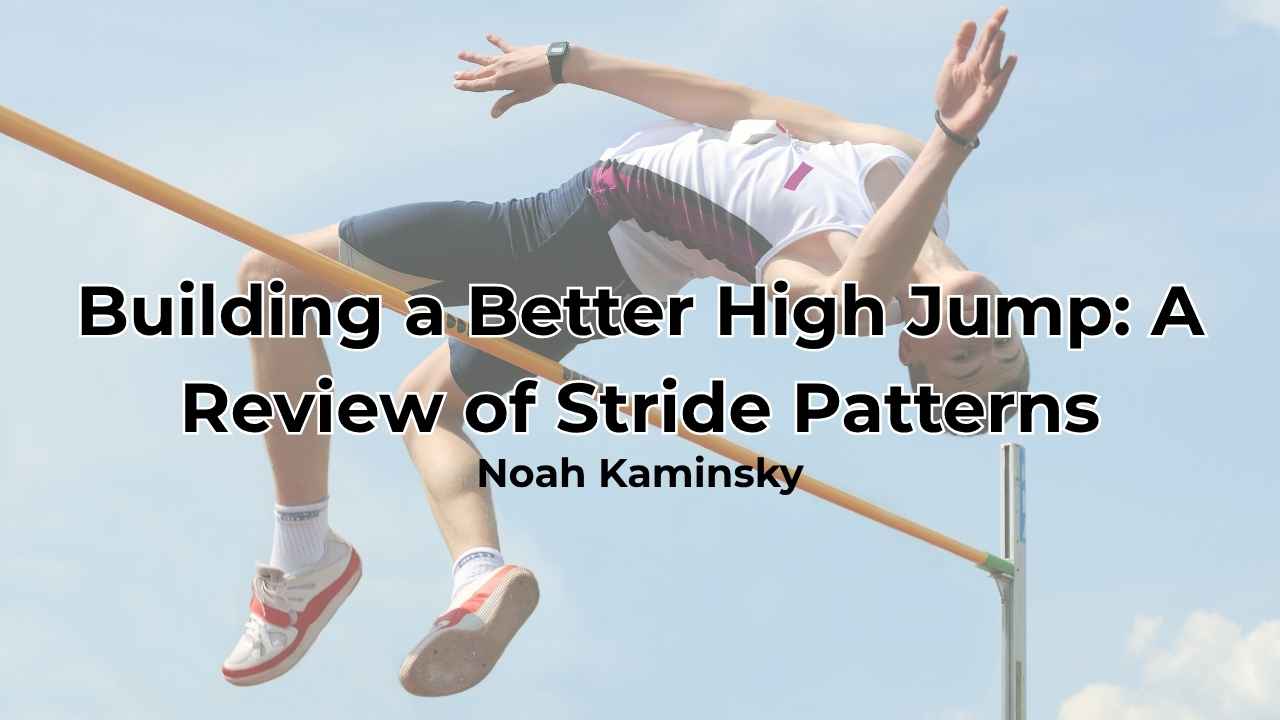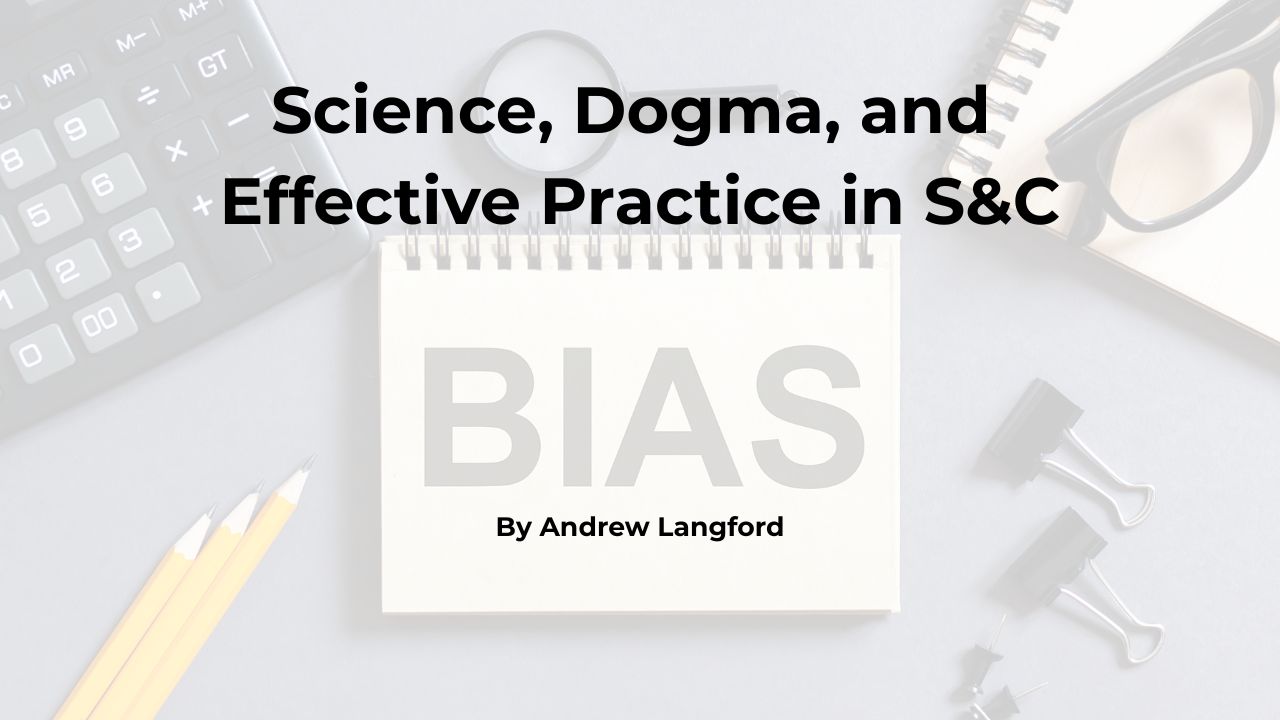[mashshare]Loren Landow entered his second year as the Broncos’ head strength and conditioning coach in 2019. A 23-year professional in the field of performance enhancement, Landow joined the Broncos after spending 10 years as the owner and director of Landow Performance, a sports training center in Centennial, Colorado. He has trained thousands of athletes during his career, including more than 700 professional athletes associated with the NFL, NHL, MLB, UFC, WNBA, and Olympics.
In addition to his expertise on biomechanics and maximizing athletic performance, Coach Landow is known for his emphasis on injury prevention and rehabilitation. He developed the ACL prevention program and the ACL return to sport protocols for the world-renowned Steadman Hawkins Clinic.
Freelap USA: Change of direction is often more opaque than linear speed with regard to coaching. Can you share a few tips to guide coaches to better movement strategies outside of drills and exercises?
Loren Landow: Bend—and feel through the feet. We need to have good ankle mobility: The ability for the tibia to move over the mid foot with good ROM will better ensure knee and hip bend when decelerating in hard cuts or power cuts (less than 90 degrees) with strong and stable feet. This provides us with better edging in our cuts and allows us to better negotiate GRF and minimize amortization of pronation back into supination. Again, coaches need to reinforce athletic bending and subtle shifting side-to-side to better “feel” inside and outside edges and gain better leverage into the ground. Clearly, strength and elasticity are critical ingredients!
Freelap USA: Foot training is popular now with coaches and medical professionals. What practices do you see as potentially dangerous or ineffective that may be popular because they are simple and easy to add to a training inventory?
Loren Landow: I think there are a lot of effective strategies and a lot of ineffective ones—what people typically miss is the low-intensity, subtle control of pronation and supination. Many times, people think barefoot training, and they go into running, sprinting, and high amplitude jumps long before athletes develop tolerance and stability. I think that many people chase stiffness in the foot and ankle complex, but there needs to be development in compliance and how well the foot absorbs then transfers force….
I think that many people chase stiffness in the foot and ankle complex, but there needs to be development in compliance and how well the foot absorbs then transfers force, says @LorenLandow. Share on XThe foot should go into pronation, as there are critical mechanics that happen in rear-mid and forefoot positions in locomotion, so we want to make sure “advanced exercises” aren’t hindering synchronization and timing. Many coaches now do heel-elevated altitude drops and sticking plantar flexed. Athletes absorb force through the Achilles in the lengthened position of the posterior lower leg; not the shortened position or the sequencing will be wrong.
Freelap USA: You have collaborated with some great therapists and coaches for athletes, such as Dan Pfaff and Mark Lindsay. Can you explain why blindly repurposing therapy and movement schemes for rehabilitation is a bad idea for novice coaches? When is it right to try exercises and when does copying create a problem?
Loren Landow: Experience is key! Surrounding yourself with mentors and having a well-rounded network of professionals is critical to best ensure a best practice approach when restoring health to an athlete. The ego of a young practitioner many times can be the enemy of a good return to play strategy—showing “weakness” by asking someone for help is a mindset a lot of younger coaches have. However, referring out and having support will show the athlete that you truly have their best interest in mind.
Running with programs and strategies without knowing what the starting point is or the underlying vision of the RTP model is for that particular issue can have massive negative implications when further progressions need to be made or when regressing or halting the intervention completely based on negative outcomes. You must have a true understanding of the complex layers of a recovery strategy, and that takes a team to uncover. Having the ability to converse and bounce ideas off of guys like Dan Pfaff and Mark Lindsay is invaluable, as these two are some of the best in the world at what they do. Their insights and experiences are light years ahead of what is traditional. The best mentors are the ones that show you where to look but don’t tell you what to see.
The best mentors are the ones that show you where to look but don’t tell you what to see, says @LorenLandow. Share on XFreelap USA: Conditioning is tricky to assess. What do you think is a fair way to evaluate speed and power athletes during pre-season for American football?
Loren Landow: I like to assess conditioning with something that has the speed, COD, and intervals that mimic what they do. Not a test, but metabolic periods that have play counts split into quarters. My goal is to have my athletes increase “plays” leading into training camp that will best mimic a big practice:
- Week 1, I start with 3 quarters of 8 plays with a total volume of 24 plays (2x week).
- Week 2 moves up to 32 plays—4 quarters, 8 plays (2x week).
- Week 3 increases to 44 plays—4 quarters, 11 plays (2x week).
- Week 4 increases to 56 plays—4 quarters, 14 plays (1x week).
- The last metabolic session leading into the season is 3 quarters x 8 plays, equaling 24 plays, as a deload prior to the week heading into camp.
I use RPE during all quarters, heart rate response for recovery during the three minutes down between quarters, and a heart rate check at 60, 90, and 120 seconds to monitor recovery trend. Along with RPE, I monitor when “bend” starts to become hindered and when coordination starts to fall off. These two are massive subjective evaluators for me.
Freelap USA: You have been on both sides of the private and team settings. What can a private coach do better in the off-season so that an athlete has a better chance to succeed, and what can a team coach do to help foster better collaboration?
Loren Landow: After being on both sides, if the outside coach really wants to be part of the process, I think it is important to communicate with the S&C about the ins and outs of the program, understand the full rhyme and reason without assumption. Communication needs to be clear and bilateral for the best practice for the athlete. When I send my program, I don’t need it followed 100%, but certain things are non-negotiable. This includes volumes of movement and set and rep schemes, which are important for the outside coach to adhere to.
Conversely, I need to educate the “why” of my program clearly and concisely. I want my players to work with good outside coaches, as they need to hear other voices in their preparation from time to time. I also need to make sure that I am accessible to outside coaches any time of day or night or any day of the week. These coaches should have access to me, as my player’s preparation is my #1 priority!
Since you’re here…
…we have a small favor to ask. More people are reading SimpliFaster than ever, and each week we bring you compelling content from coaches, sport scientists, and physiotherapists who are devoted to building better athletes. Please take a moment to share the articles on social media, engage the authors with questions and comments below, and link to articles when appropriate if you have a blog or participate on forums of related topics. — SF
[mashshare]




